Keep Your Crowning Glory and Follow These Tips on How to Prevent Hair Loss
Our hair is one of the first that gets noticed when we interact with others. The way we set it reflects our personality, our status, or even our way of life. In setting our hair, there are many variations we can do to reflect our changing moods.
Fact is, on an average, an individual may shed around 50 to 100 strands of hair daily. If you have healthy hair, the regrowth factor is around 0.3 to 0.4 mm per day or half an inch per month.
The thing is, what if we started to lose it?
Sad to say, we come to a certain life stage where our hair gets thin, to the point of losing due to excessive hair fall. The problem though is not really on hair fall but the inability of the hair follicles to regrow.
Having said all of these, the million-dollar question now is; how to prevent hair loss?
What Is Hair Loss and Why Does It Happen?

What Is Hair Loss and Why Does It Happen?
Hair loss can be of different categories:
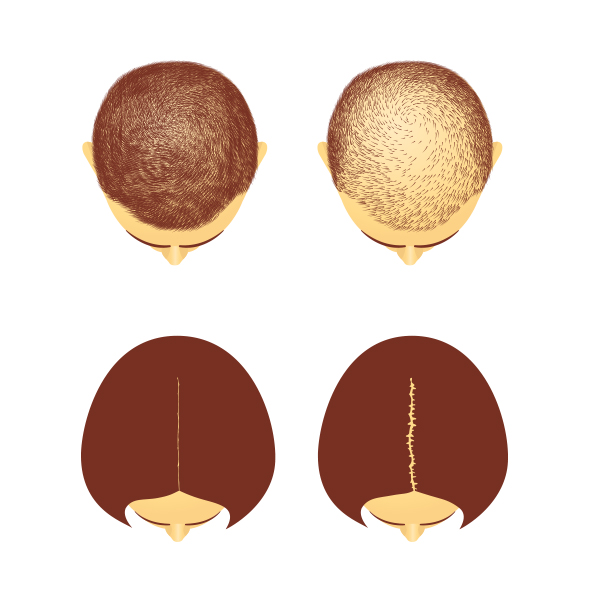
Pattern hair loss which is also called hereditary hair loss or androgenetic alopecia. This is the kind of hair loss that happens as someone ages.

Alopecia areata, the hair loss attributed to an autoimmune condition. This is when the immune system attacks the hair follicles.

Scalp psoriasis that attacks the scalp that leads to hair loss.
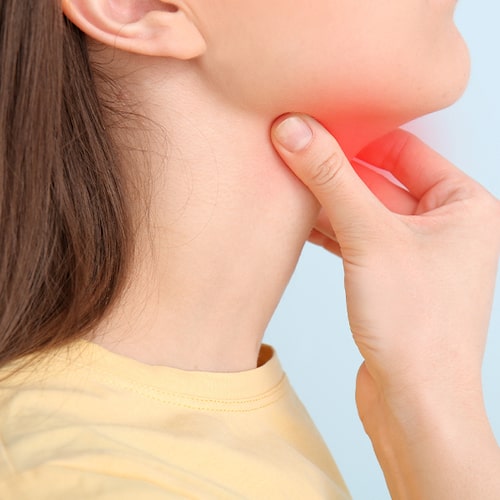
Hormonal changes, thyroid problems and nutritional deficiencies.
Hair loss could manifest in several ways because its pattern significantly depends on what is causing it to occur. Some hair loss signs and symptoms may include:

Patches of bald spots
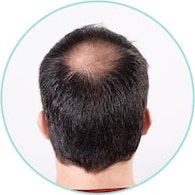
Gradual thinning of the top part of the head
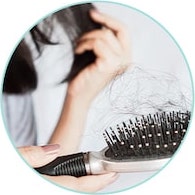
Excessive hair loss during brushing or bathing
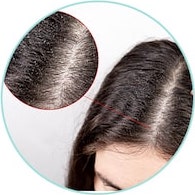
Scaly patches with bald spots
How Can I Prevent Hair Loss?
It is best to take care of your hair before hair loss occurs. Thankfully, there are several ways to keep your hair strong and healthy.
Use the right hairbrush.
Your hairbrush is one item you should invest in to prevent hair loss. Finding the most suitable hairbrush significantly depends on your type of hair. In general, using a soft brush with natural fibers encourages the production of healthy oil levels in the scalp.
Brush the hair properly.
Brushing the hair gently in a uniform direction helps spread the oil and maintain moisture in the strands. Gently start on the top of the hair down to the ends to smoothen the hair out. This helps coat the strands with healthy sebum. In turn, the hair becomes stronger and is less likely to clump and fall out.
Use mild and suitable hair products.
Choosing the right shampoo and conditioner for your hair can be quite tricky because whatever works for one person might not work for another. However, everyone should avoid products that contain harsh ingredients that can strip the fatty acids and essential oils present in the scalp and hair. It is best to check the components of the hair products before putting them in your hair.
Establish a well-balanced diet.
Having a healthy and well-balanced diet greatly affects the strength and quality of the hair. Hair loss could be prevented when we eat proper foods in adequate amounts. Incorporating the essential fatty acids, especially omega-3, improves the hair, skin, and nails. Vitamin B6 and B12, and folic acid are also beneficial in maintaining strong and shiny hair.
Protect the hair from UV exposure.
Protecting the hair from the UV rays coming from sun exposure is another excellent hair loss prevention tip we should keep in mind. Prolonged periods of exposure could potentially damage the scalp and hair by eliminating the protective oils present. These oils and fatty acids are essential in the hair because they help establish the hair’s cellular structure. Losing these oils would lead to dehydrated hair that could easily break off.
Avoid the use of high-heat tools.
Using hair straighteners and curlers that give off high heat could dry the hair follicles. Exposure to high heat in prolonged periods could alter the shape of the keratin present in the hair’s strands, resulting in loss of elasticity. The hair would then become brittle and prone to damage.
Avoid using chemicals on the hair.
Chemical treatments and hair bleaching damage the hair and the scalp extensively. Repeated bleaching could permanently raise the hair’s outer cuticle that serves as protection and moisture. It also dissolves the keratin found in the hair strands leaving it more porous and inelastic. And since the natural fatty acids and sebum are stripped off, the hair becomes dehydrated, weak, and damaged, and hair loss would eventually occur.
Avoid hairstyles that are tight-pulling
Hair loss due to tight-pulling hairstyles is also known as traction alopecia. Wearing your hair in a tight-pulling style repeatedly may affect the hair follicles and cause a receding hairline. Avoid tight braids, buns, or ponytails to stop hair loss. You must also avoid dreadlocks and the use of hair extensions or weaves to prevent damage.
What are the Treatments for Hair Loss?
While we all know that prevention is still better than cure, hair loss is inevitable sometimes. If you are already at the brink of hair thinning or balding, hair loss remedies are available to solve your problem.

Medications and Supplements
For individuals experiencing hair loss, you may take finasteride tablets daily to stop hair loss. This medication can stop the action of the enzyme 5-alpha-reductase, which is responsible for transforming testosterone into a more active form that promotes hair loss among individuals. Since this medication increases the testosterone level in the body, hair growth in the scalp is enhanced.
Regenera Activa
Regenera Activa is a no-downtime procedure that helps improve hair loss problems. It activates the dormant hair follicles in the scalp, and within 30 days, you can already notice hair strands in the sparse areas. It involves the extraction of grafts suspended into a concentration that enhances hair growth once it is injected back into the scalp.
DHI Hair Transplantation
Direct hair transplantation involves manually cutting and implanting hair follicles on the sparse areas of the scalp. Hair follicles from areas with thick hair, usually at the back of the head, will be extracted. These hair follicles will then be implanted into the balding areas to encourage the growth of newer and stronger hair.
Laser Hair Loss Therapy
The use of low-level laser therapy produces photons absorbed by the cells. In turn, these photons could encourage hair growth into a particular area. Laser therapy also helps improve the circulation in the scalp leading to the production of healthier and stronger hair.
Final Thoughts
If we want to keep our hair healthy and shiny, we should do our part in taking care of it. Build a routine, invest in good hair products, avoid doing things that could damage the hair, and keep a healthy diet.
We at IDO can also help you prevent, treat, and manage hair loss. We have experts to give you professional advice. Book a consultation today!
Cherish the hair that you have right now, and follow the hair loss prevention tips before it’s too late.